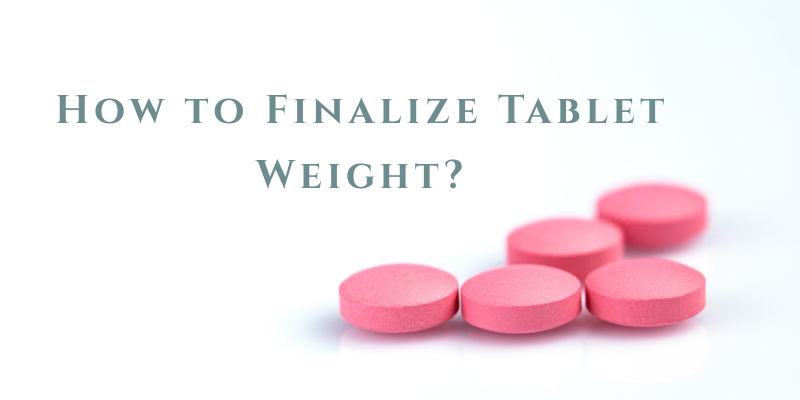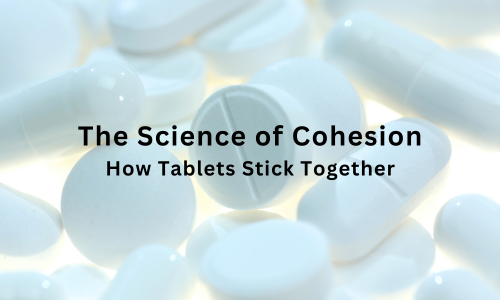How to Finalize Tablet Weight?
In pharmaceutical formulation development, finalizing the tablet weight is not a routine or arbitrary decision. It is a strategic choice that can significantly impact bioequivalence outcomes, patient compliance, manufacturing efficiency, and regulatory acceptance.
This decision is influenced by multiple factors. Here’s how development teams typically approach it:
Innovator (RLD) Tablet Weight as a Benchmark
The tablet weight of the RLD serves as a valuable starting point. It provides insight into the size, shape, disintegration, and dissolution behavior expected by regulators and clinicians. While it is not mandatory to replicate the RLD’s weight exactly, it offers a sound baseline, especially for BCS Class II and IV molecules where dissolution is sensitive to formulation variables.
API Load and Physicochemical Properties
The potency, dose, compressibility, hygroscopicity, and solubility profile of the API play a pivotal role. A low-dose API may require significant filler to achieve uniformity and manufacturability, while a high-dose or poorly compressible API may dictate the use of functional excipients or granulation methods that increase tablet mass.
Excipient Selection and Process Approach
Each excipient contributes to the final volume and function of the tablet. Fillers, binders, disintegrants, lubricants, and stabilizers must be chosen not only for compatibility but also to meet QTPP requirements. Moreover, the selected manufacturing process—be it direct compression, wet granulation, or dry granulation—can have a substantial effect on bulk density, compressibility, and thus, the final weight.
Tooling and Equipment Limitations
The mechanical capabilities of compression equipment and punch tooling define operational boundaries. Tablet dimensions, compression force range, and fill depth capacity all influence what tablet weight can be practically manufactured and scaled up.
Patient-Centric Design and Swallowability
Beyond technical formulation, patient acceptability must be prioritized. A tablet that is too large or heavy may be difficult to swallow, especially for pediatric, geriatric, or chronic-use populations. Balancing efficacy and compliance requires careful attention to tablet size, shape, and weight.
Cost versus Quality Trade-offs
From a commercial standpoint, heavier tablets imply increased excipient usage and potentially higher manufacturing costs. However, efforts to reduce weight must not compromise product robustness, stability, or therapeutic performance. A cost-optimized but scientifically justified weight is key.
Regulatory and Visual Similarity
While regulators generally allow minor differences in weight between the test and reference products, aligning with the RLD in terms of physical attributes like size and appearance can simplify the review process and instill confidence in prescribers and patients.
Read also:
- A Practical & Scientific Framework for Direct Compression Tablet Formulation
- Tablet Compression Cycle
- Granulation Design in Tablet Formulation
Resource Person: Moinuddin Syed. Ph.D, PMP®







